10+ Years Experience
Specialist Horse Menages

Designing a horse menage is an exciting and essential part of creating a suitable environment for your horse’s exercise and training.
A well-designed menage can contribute significantly to your horse’s physical development and performance in various disciplines.
Whether you are an experienced equestrian or a newcomer to the world of horses, understanding how to tailor your horse menage to your horse’s specific needs and chosen discipline is crucial.
In this article, we will explore key considerations and practical tips to help you design a horse menage that maximizes your horse’s potential.
If you would like help with your horse menage construction, please get in touch with us!
Before diving into the design process, it’s crucial to evaluate your horse’s specific needs.
Consider factors such as breed, age, size, temperament, and fitness level.
Understanding these aspects will guide you in creating a menage that caters to your horse’s requirements.
The dimensions of your horse menage play a significant role in its suitability for various disciplines.
The standard menage size is 20 meters by 40 meters (66 feet by 131 feet). However, certain disciplines, like dressage or show jumping, may require larger dimensions.
Assess your discipline’s guidelines and ensure that your menage meets the minimum requirements.
Additionally, consider the available space on your property when determining the size of your menage.

Menage surfacing and footing is a critical factor in ensuring your horse’s soundness and performance.
The type of surfacing you choose will depend on your horse’s discipline and the prevailing weather conditions in your area.
Some popular footing options include sand, rubber, wood chips, and synthetic fibres.
Each has its advantages and disadvantages, such as drainage, cushioning, and stability.
Consult with an experienced equestrian or a footing specialist to determine the best option for your horse menage.
Proper drainage is essential to maintain a safe and usable menage throughout the year.
Standing water can lead to slippery and uneven footing, increasing the risk of injury to your horse.
Consider the natural slope of your land and incorporate appropriate drainage systems, such as French drains or perforated pipes, to prevent water accumulation.
Well-drained footing will extend the usability of your menage, regardless of weather conditions.
The fencing around your menage should provide security and prevent your horse from escaping. Choose a sturdy and horse-safe fencing material that suits your budget and aesthetic preferences.
Options like post and rail or PVC fencing are popular choices.
Ensure that the fencing is appropriately installed, with no sharp edges or protruding nails that could pose a hazard to your horse.
If you plan to use your horse menage during evening hours or in darker seasons, proper lighting is essential.
Install suitable lighting fixtures around the menage to ensure good visibility for both horse and rider.
Illuminate the entire area evenly to avoid shadows that might startle your horse.
Consider incorporating functional features to enhance your horse menage’s usability.
These may include a mounting block or ramp for ease of mounting, a storage area for equipment and supplies, or a viewing area for spectators or trainers.
These features contribute to the convenience and functionality of your menage.
Designing a horse menage tailored to your horse’s specific needs and chosen discipline is a rewarding endeavour.
By evaluating your horse’s requirements, choosing suitable dimensions, footing, and drainage, and ensuring security and functionality, you can create an environment that fosters your horse’s development and supports your training goals.
Remember to consult with professionals, such as equestrians, trainers, or construction specialists, to ensure that your horse menage meets all the necessary criteria.
With a well-designed menage, you are setting the stage for successful training sessions and a strong bond with your equine companion.
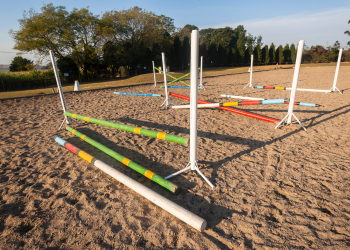
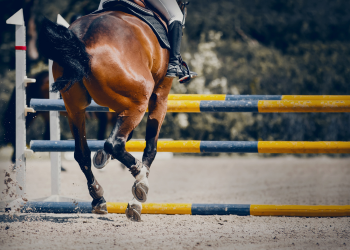
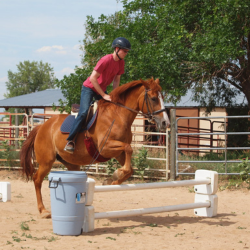
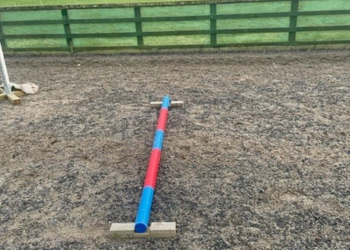
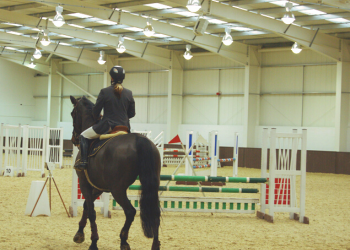
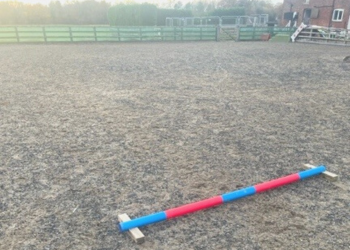
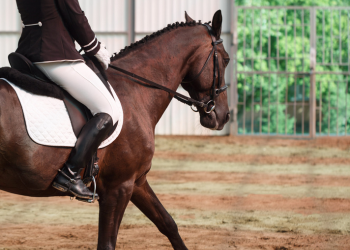

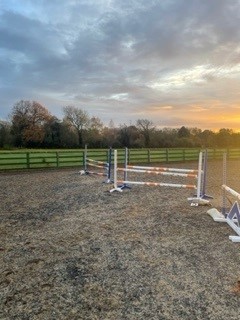
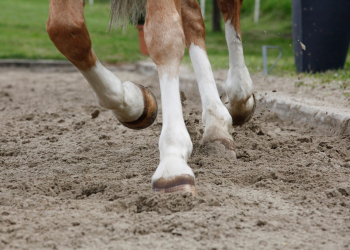
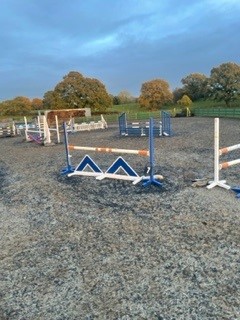
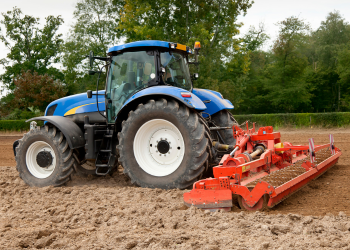

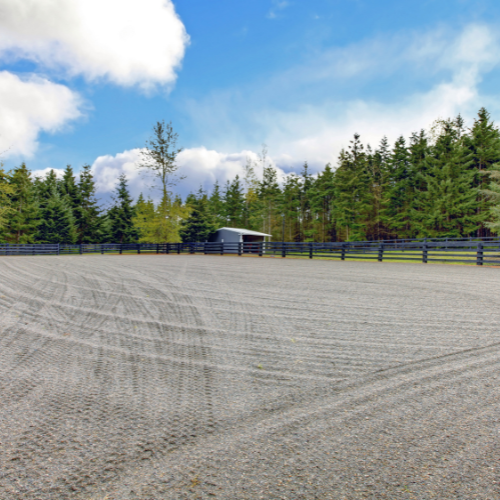

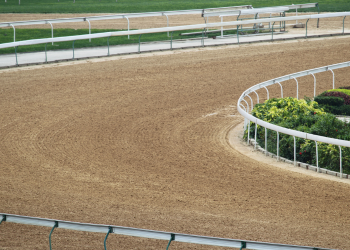
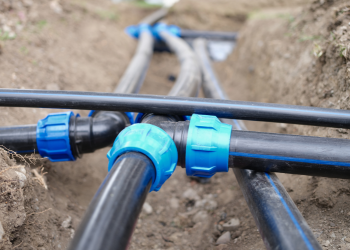
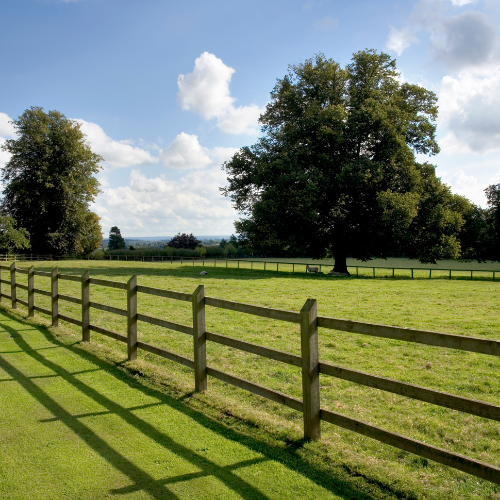
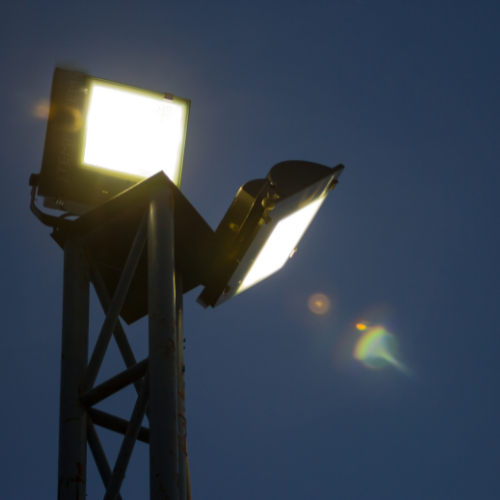
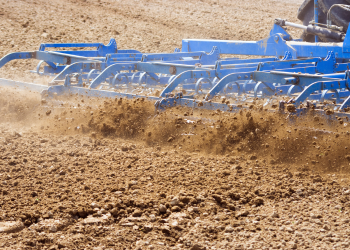
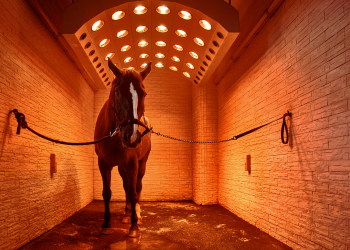


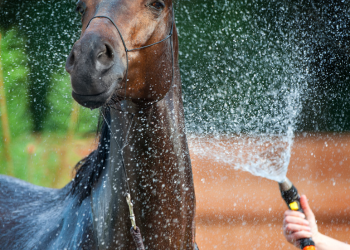
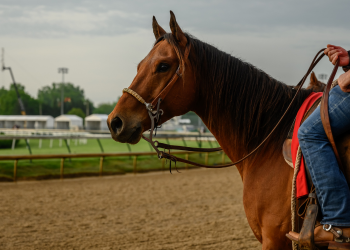
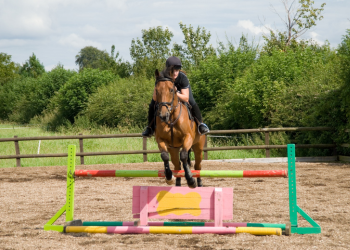
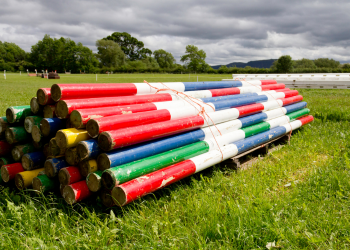
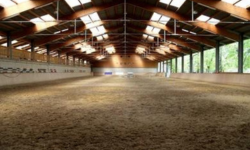
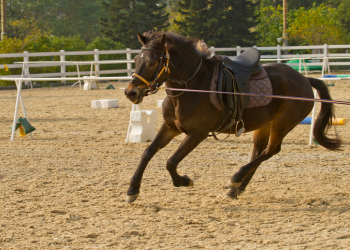
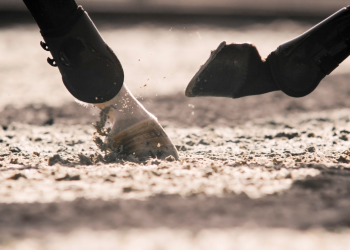
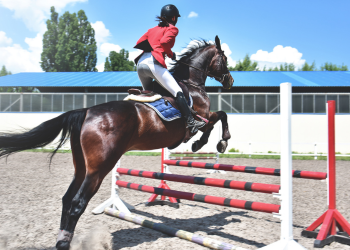
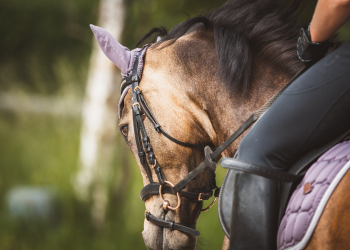
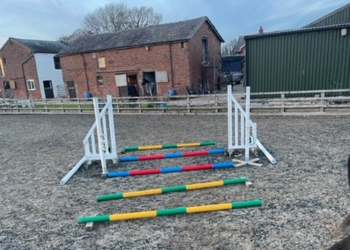

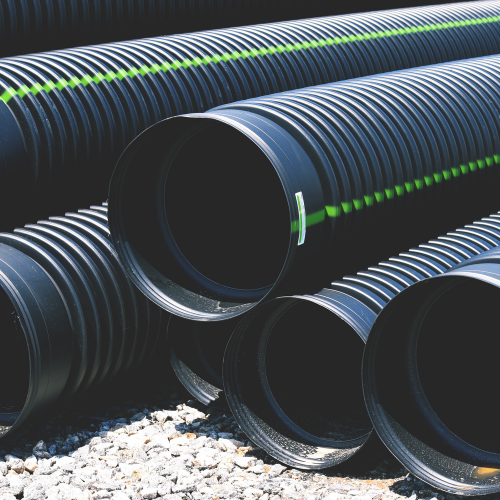
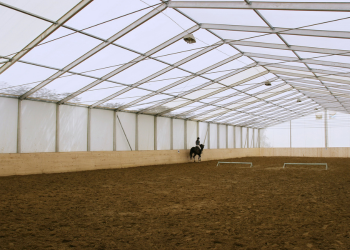
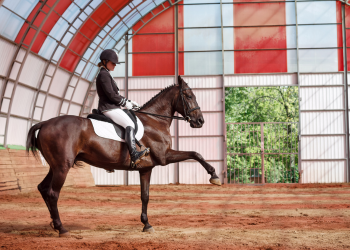
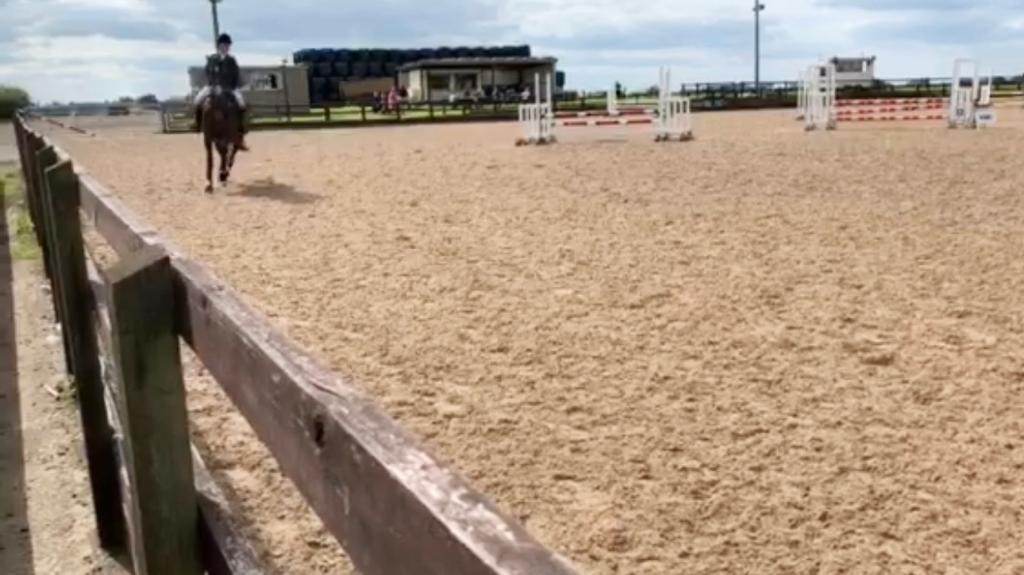
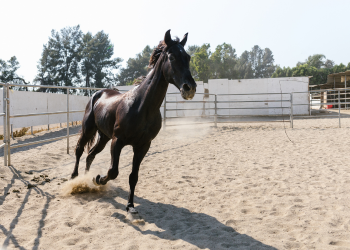
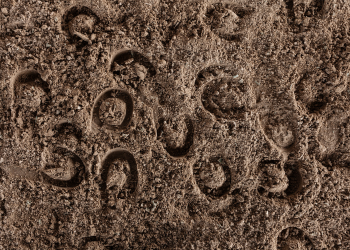

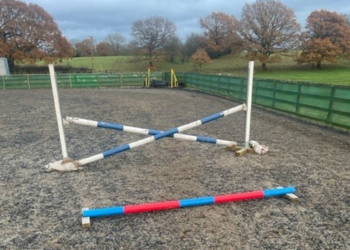

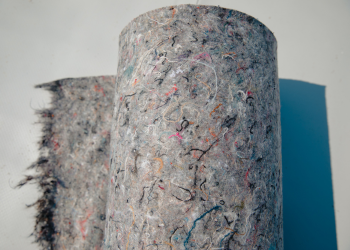
We Aim To Reply To All Enquiries With-in 24-Hours